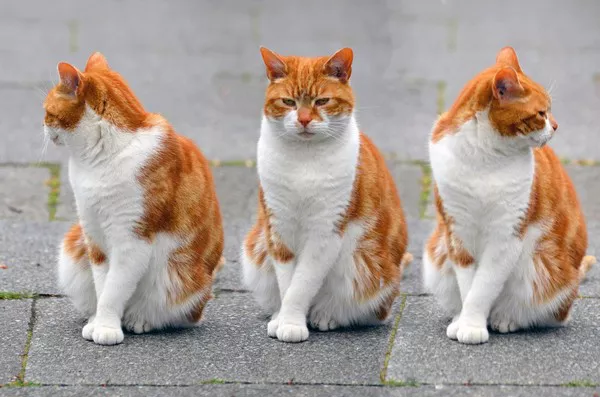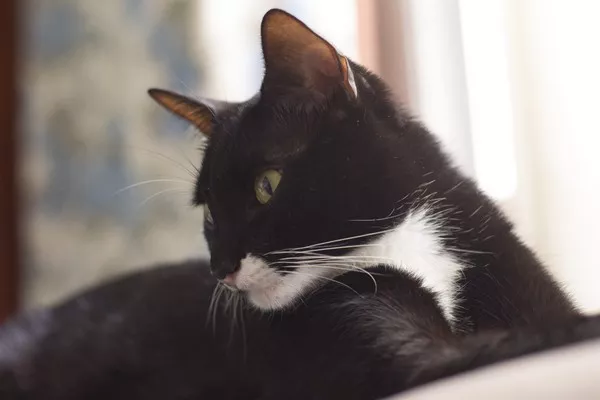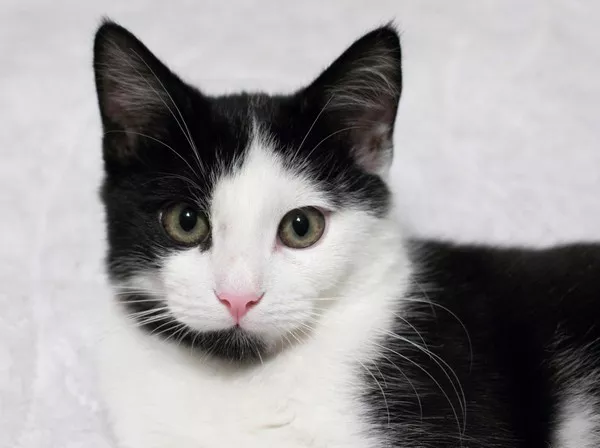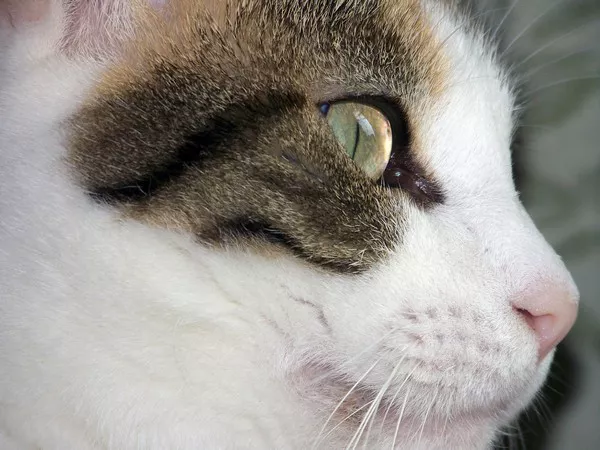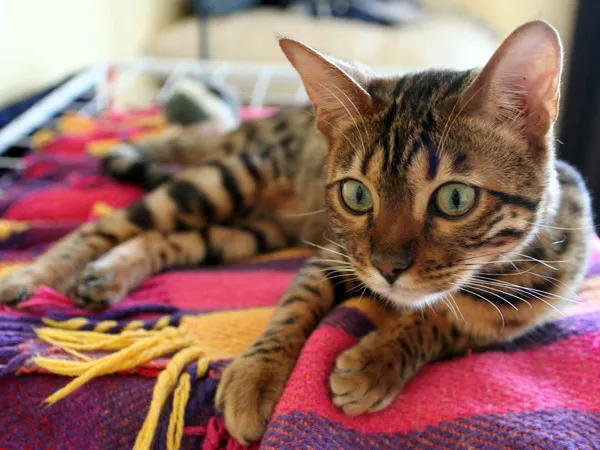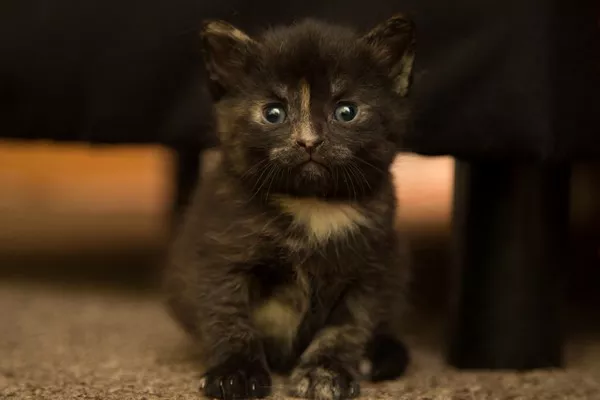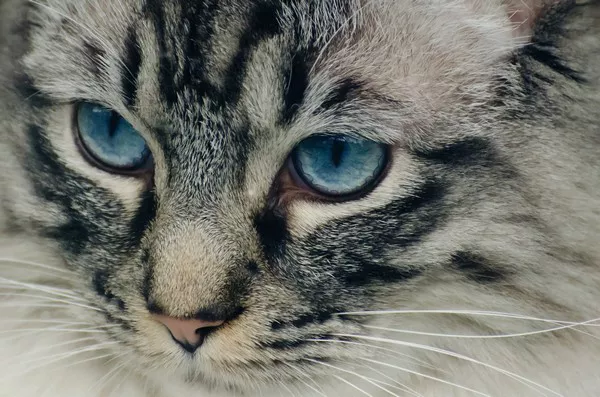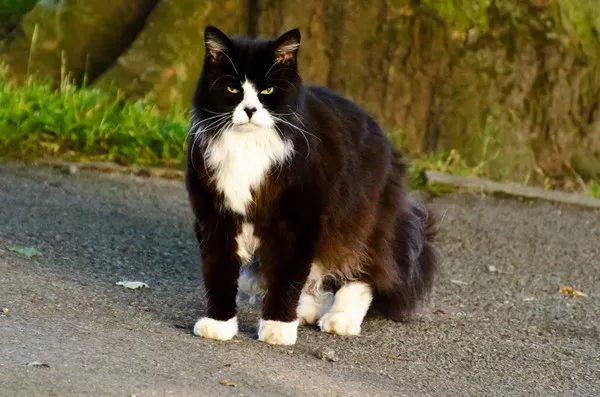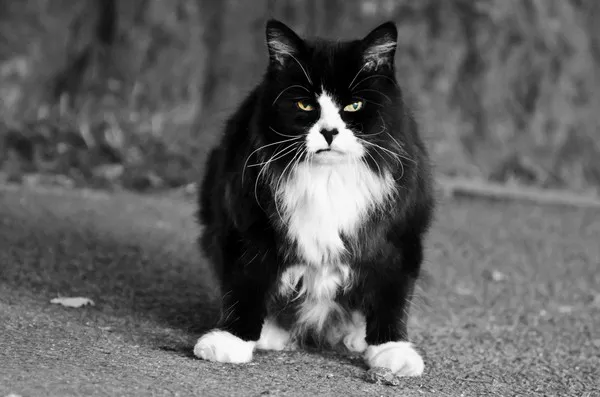Keeping a cat healthy indoors is essential for their well-being and happiness. Indoor cats face unique challenges, including a lack of natural stimuli and the potential for obesity. However, by focusing on various aspects of their care—such as diet, exercise, mental stimulation, preventive healthcare, and environment—you can ensure your feline friend thrives in an indoor setting. In this comprehensive guide, we will explore effective strategies to promote cat health, addressing each crucial element that contributes to your cat‘s overall well-being.
1. Balanced Diet
High-Quality Food
The foundation of good health for any cat begins with a balanced diet. High-quality commercial cat food is essential for providing the necessary nutrients that indoor cats require. When selecting food, ensure it meets the standards set by the Association of American Feed Control Officials (AAFCO). AAFCO standards ensure that the food has been formulated to provide complete nutrition, which is vital for maintaining your cat’s health.
When looking for cat food, choose options that list a high-quality source of protein, such as chicken, turkey, or fish, as the first ingredient. Cats are obligate carnivores, meaning their bodies thrive on a diet primarily composed of meat. Additionally, consider age-appropriate formulas. Kittens, adults, and senior cats all have different nutritional needs, so select a product tailored to your cat’s life stage.
Portion Control
Portion control is crucial in preventing obesity, a common issue among indoor cats. Cats often lead a sedentary lifestyle, which can contribute to weight gain if their calorie intake exceeds their energy expenditure. To manage your cat’s weight, follow these guidelines:
Follow Feeding Guidelines: Most commercial cat foods provide feeding guidelines based on your cat’s weight. Use these guidelines as a starting point, adjusting as needed based on your cat’s activity level and body condition.
Measure Food: Use a measuring cup to portion out your cat’s food. This practice helps prevent overfeeding and ensures your cat receives the appropriate amount of nutrients.
Scheduled Feeding vs. Free Feeding: Consider using scheduled feeding (meals at set times) instead of free feeding (leaving food out all day). Scheduled feeding allows you to monitor your cat’s food intake better and can help establish a routine that promotes healthy eating habits.
2. Regular Exercise
Interactive Play
Daily interactive play is essential for keeping indoor cats physically active and mentally stimulated. Engaging with your cat through play helps mimic their natural hunting instincts and provides an outlet for their energy. Here are some effective ways to encourage interactive play:
Toys: Use toys that require your cat to chase or pounce. Laser pointers, feather wands, and balls are great options that encourage movement and excitement.
Play Sessions: Aim for at least 15-20 minutes of interactive play each day. Breaking this into multiple short sessions can keep your cat engaged and interested.
Puzzle Feeders: Incorporate puzzle feeders that require your cat to work for their food. These toys not only stimulate their minds but also promote physical activity as they paw at the feeder to access their meals.
Climbing and Scratching
Indoor cats need opportunities to climb and scratch to satisfy their natural instincts. Providing appropriate outlets for these behaviors can also promote physical fitness. Here are some suggestions:
Climbing Trees: Invest in a sturdy cat tree that offers multiple levels for climbing and lounging. Cats love to perch high, and climbing trees provide them with a safe space to explore.
Scratching Posts: Offer various scratching posts made from different materials, such as sisal, carpet, or cardboard. Place them in areas where your cat likes to scratch to encourage use.
Shelves: Install shelves or wall-mounted perches to create a vertical space for your cat to explore. This addition can be particularly beneficial in smaller living spaces.
3. Mental Stimulation
Toys and Puzzles
Mental stimulation is just as important as physical exercise for maintaining cat health. Boredom can lead to destructive behaviors or anxiety in indoor cats, so providing stimulating activities is essential. Consider the following:
Variety of Toys: Offer a range of toys, including interactive toys, soft toys, and toys that mimic prey movements. Rotate toys regularly to keep your cat’s interest piqued.
Food Puzzles: Food puzzle toys can engage your cat’s mind and provide a challenge. These toys require cats to figure out how to access treats or kibble, which can keep them entertained for extended periods.
Environmental Enrichment
Creating an enriching environment is crucial for a cat’s mental well-being. Consider incorporating the following elements into your home:
Windows for Bird-Watching: Place cat trees or perches near windows to provide your cat with a view of the outdoors. Watching birds and other wildlife can keep them entertained and mentally stimulated.
Safe Plants: Include cat-safe plants, such as cat grass or catnip, in your home. These can provide sensory enrichment and encourage play.
Hiding Spots: Cats enjoy exploring and finding cozy hiding spots. Provide boxes, tunnels, or fabric-covered areas for your cat to investigate and hide in.
4. Preventive Healthcare
Regular Vet Visits
Preventive healthcare is vital for maintaining your cat’s health throughout their life. Regular veterinary check-ups can catch potential health issues before they become serious. Here’s what to consider:
Vaccinations: Ensure your cat receives the appropriate vaccinations based on their lifestyle and risk factors. Discuss with your veterinarian which vaccines are necessary for your indoor cat.
Dental Care: Dental health is often overlooked but is critical for overall well-being. Regular dental check-ups and cleanings can prevent periodontal disease, which is common in cats. You can also incorporate dental treats and toys that promote oral hygiene.
Overall Health Monitoring: Regular vet visits allow your veterinarian to monitor your cat’s weight, body condition, and general health. They can provide guidance on any necessary dietary adjustments or lifestyle changes.
Flea and Tick Prevention
Even indoor cats can be at risk for fleas and ticks. Here’s how to protect your cat:
Preventatives: Discuss flea and tick preventative options with your veterinarian. There are various products available, including topical treatments, collars, and oral medications.
Monitoring: Regularly check your cat for signs of fleas or ticks, especially if they have access to areas where other animals frequent.
5. Proper Litter Box Maintenance
Cleanliness
Maintaining a clean litter box is essential for your cat’s comfort and health. Here are some guidelines for proper litter box maintenance:
Daily Cleaning: Scoop the litter box daily to remove waste. Cats are particular about cleanliness, and a dirty litter box can lead to avoidance, which can result in inappropriate elimination.
Multiple Boxes: If you have multiple cats, provide one litter box per cat, plus one extra. This ensures that each cat has access to a clean box and reduces territorial disputes.
Suitable Litter
Choosing the right litter is also crucial for your cat’s comfort. Here are some tips for selecting litter:
Texture and Scent: Cats have individual preferences regarding litter texture and scent. Experiment with different types, such as clumping clay, natural, or crystal litters, to find what your cat prefers.
Litter Box Type: Ensure the litter box is large enough for your cat to enter comfortably and turn around. Some cats prefer covered boxes for privacy, while others like open boxes.
6. Hydration
Fresh Water
Proper hydration is vital for your cat’s overall health. Here’s how to encourage your cat to drink more water:
Fresh Water: Always provide fresh, clean water for your cat. Change the water daily and ensure the bowl is cleaned regularly to prevent bacteria buildup.
Cat Water Fountain: Consider using a cat water fountain. Many cats prefer running water, and a fountain can encourage them to drink more, helping to prevent urinary tract issues.
Wet Food
Incorporating wet food into your cat’s diet can help increase their moisture intake. Here’s why this is beneficial:
Hydration Benefits: Wet food contains significantly more moisture than dry food, which can aid in hydration. This is particularly important for indoor cats, who may not drink enough water.
Palatability: Many cats find wet food more palatable than dry food. Offering a variety of flavors and textures can entice even picky eaters.
7. Stress Reduction
Routine and Stability
A consistent routine can help reduce stress in indoor cats. Consider the following strategies:
Feeding Schedule: Feed your cat at the same times each day. This predictability helps create a sense of security.
Playtime Routine: Establish a regular playtime schedule. Engaging with your cat at the same times each day can foster a strong bond and provide necessary stimulation.
Safe Spaces
Creating safe, quiet spaces for your cat is essential for their mental health. Here are some ways to establish these areas:
Quiet Retreats: Provide quiet areas where your cat can retreat when they need to relax. This could be a cozy bed in a quiet room or a designated area with soft blankets.
Vertical Space: Cats often feel safer when they can observe their environment from a height. Creating vertical spaces, such as shelves or cat trees, allows them to survey their surroundings and find comfort.
Conclusion
Maintaining cat health indoors involves a multifaceted approach that encompasses a balanced diet, regular exercise, mental stimulation, preventive healthcare, proper litter box maintenance, hydration, and stress reduction. By implementing these strategies, you can create a nurturing environment that supports your cat’s physical and mental well-being. Remember, each cat is unique, so it’s essential to tailor your approach to suit your individual feline friend’s needs. With dedication and attention, you can ensure that your indoor cat lives a happy, healthy life.
Related Topics

